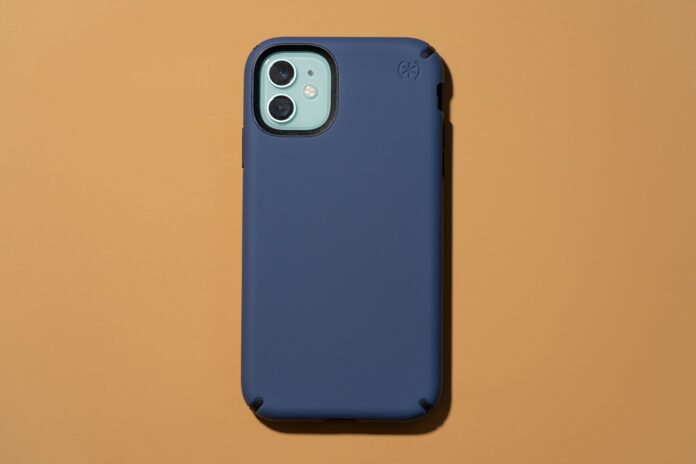
In today’s fast-paced world, our iPhones are more than just communication devices; they are extensions of our personal and professional lives. The significance of keeping these indispensable gadgets safe cannot be overstated. This is where the humble iPhone case steps in, not just as a protective shell but as a statement of style and personality. However, with the plethora of options available, one critical question arises: How thick should your iPhone case be?
This article delves into the intricacies of selecting the optimal thickness for your iPhone case, with a focus on Orase Phone Cases. It’s a guide designed to navigate the delicate balance between robust protection and sleek aesthetics, ensuring your iPhone is shielded without compromising on style or functionality.”
Understanding iPhone Case Thickness
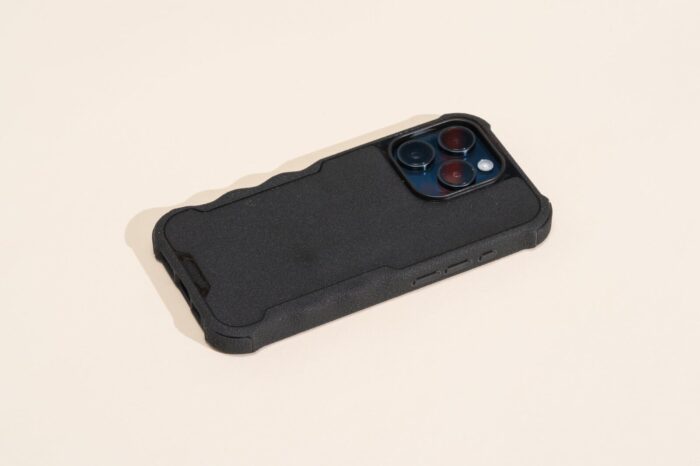
Definition of Case Thickness and Its Relevance
Case thickness is more than just a measurement; it’s the backbone of your iPhone’s defense against the rigors of daily use. It determines how well your device can withstand drops, bumps, and scratches. But it’s not just about protection; the thickness of your case also impacts the overall feel, grip, and look of your iPhone. It’s a crucial factor that influences your interaction with your device on multiple levels.
Common Thickness Ranges for iPhone Cases
iPhone cases typically range from ultra-thin designs, barely adding a millimeter to your device’s profile, to rugged cases that can add significant bulk. Slim cases, often 1mm to 3mm thick, maintain your iPhone’s sleek profile but offer minimal protection. On the other end of the spectrum, heavy-duty cases, around 6mm to 12mm thick, provide superior protection against severe impacts but can make your iPhone feel bulky.
Factors That Influence Case Thickness
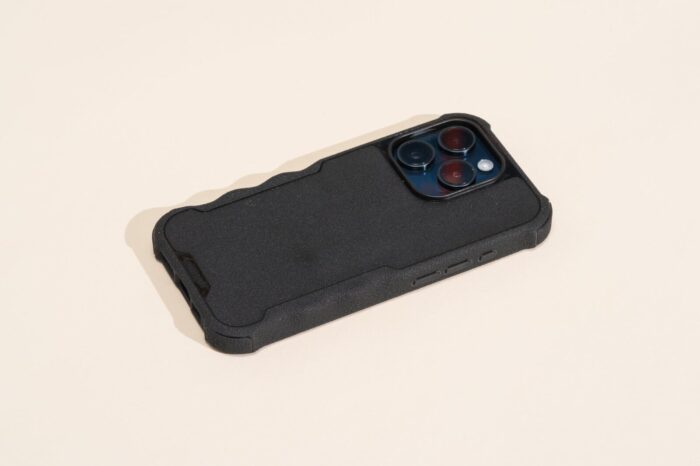
The thickness of an iPhone case is determined by several factors:
Material: Silicone, leather, and TPU cases tend to be thinner, offering a balance of protection and slimness. In contrast, polycarbonate and metal cases, known for their durability, tend to be thicker.
Design: Some cases are engineered with air pockets or reinforced corners, adding bulk but significantly enhancing shock absorption.
Additional Features: Cases with extra functionalities, such as battery cases or those with storage compartments, naturally come thicker to accommodate these features.
In the realm of iPhone protection, case thickness is a pivotal factor that intertwines with the material, design, and additional functionalities of the case. Understanding these elements is essential in making an informed decision tailored to your needs and lifestyle.
Factors to Consider When Choosing Case Thickness
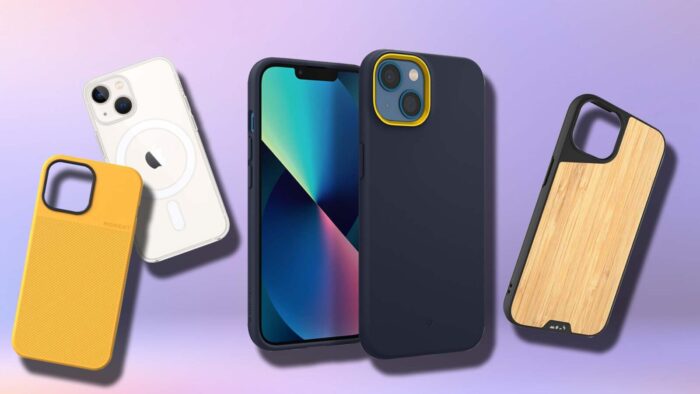
Protection Level
Drop Protection: How Thickness Impacts Shock Absorption
When it comes to protecting your iPhone from drops, the thickness of the case plays a crucial role in shock absorption. Thicker cases, especially those designed with air cushions or reinforced edges, can dissipate the force of impact more effectively, safeguarding your device against damage. However, it’s not just about adding bulk; the quality of the material and the design of the case are equally important. A well-designed thick case can offer superior protection without making your iPhone unwieldy.
Scratch Resistance: The Role of Thickness in Preventing Surface Damage
Scratches can mar the beauty of your iPhone, making scratch resistance an essential factor to consider. Thicker cases often provide a raised edge around the screen and the camera lens, creating a protective barrier that keeps these sensitive areas from coming into direct contact with surfaces. This feature, known as a “lip,” can be a game-changer in preserving the pristine condition of your iPhone.
Usability and Comfort
Grip and Handling: Finding the Balance Between Thickness and Comfort
The thickness of your iPhone case can significantly affect its grip and overall handling. While a thicker case may offer better protection, it can also make the device more challenging to hold and operate, especially with one hand. On the other hand, a too-thin case might not provide enough grip, increasing the risk of accidental drops. The key is to find a case that offers a comfortable grip and enhances handling without adding unnecessary bulk.
Access to Buttons and Ports: Ensuring Functionality Isn’t Compromised
A good iPhone case should not hinder your access to buttons, ports, and features. Some thicker cases might make it difficult to use side buttons or access the charging port. When choosing a case, ensure that it’s designed with precise cutouts and responsive button covers that provide protection while maintaining full functionality.
Aesthetics and Style
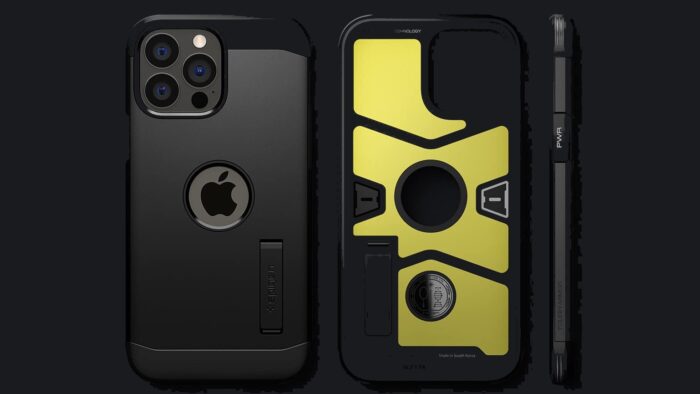
How Thickness Affects the Case’s Look and Feel
The thickness of your iPhone case can dramatically alter the device’s aesthetic appeal. A sleek, thin case preserves the iPhone’s original design, appealing to those who prefer a minimalist look. Conversely, a thicker, more rugged case might appeal to those who prioritize durability or desire a more industrial aesthetic. Your choice should align with your personal style and how you want your device to be perceived.
Choosing a Case That Complements Your Personal Style
Your iPhone case is an extension of your personal style. Whether you prefer the elegance of a slim leather case or the boldness of a thick, colorful silicone cover, there’s a case to match every style. Consider the colors, textures, and design elements that resonate with your personal aesthetic when choosing your case’s thickness.
Special Considerations
Compatibility with Other Accessories
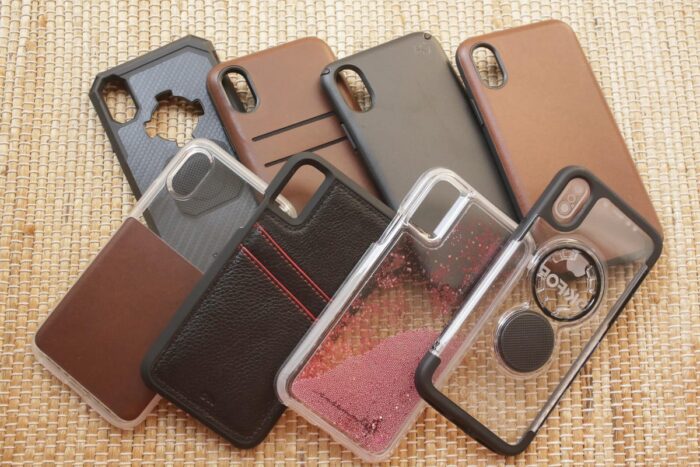
When choosing your iPhone case, consider its compatibility with other accessories you use, such as screen protectors, wireless chargers, and docking stations. Some thicker cases might interfere with wireless charging or may not fit into certain docks. Ensure the case you choose works seamlessly with your other accessories.
Impact of Thickness on Heat Dissipation
iPhones can generate heat during intensive tasks or charging. A case that’s too thick might impede heat dissipation, causing your device to overheat. Look for cases designed with ventilation or made from materials that aid in heat management, ensuring your iPhone stays cool even under heavy use.
Seasonal or Situational Changes in Case Needs
Your case needs might change with the seasons or for specific situations. For instance, you might prefer a thinner case for everyday use but switch to a thicker, more protective case for vacations or outdoor adventures. Having a couple of cases with different thicknesses and protection levels can be a practical approach to suit various scenarios.
End Note
Choosing the right thickness for your iPhone case involves a careful consideration of protection, usability, and aesthetics. By assessing your daily usage, risk factors, and the balance between robust protection and sleek design, you can select a case that not only safeguards your iPhone but also complements your personal style. Remember, the perfect case is one that meets your unique needs, offering the ideal blend of protection, functionality, and style.
















